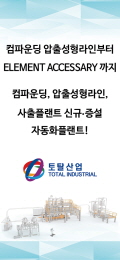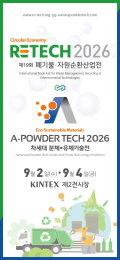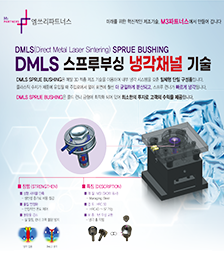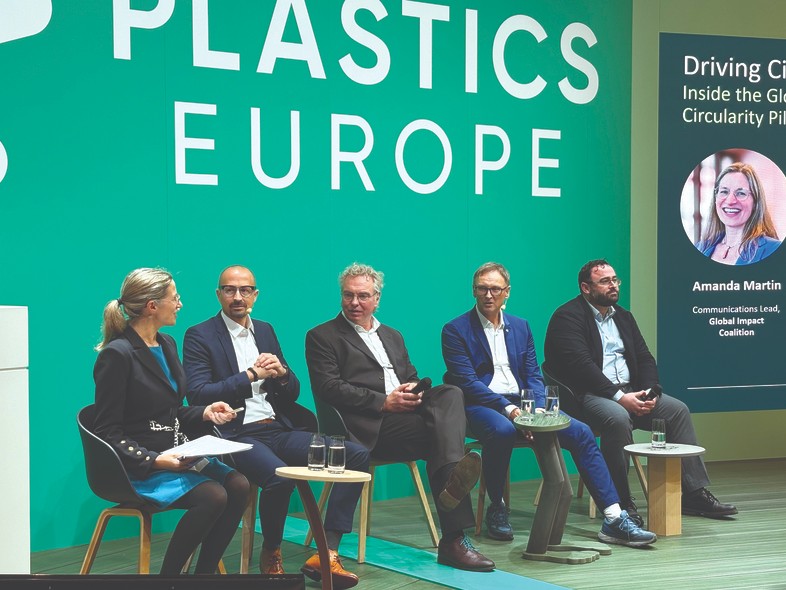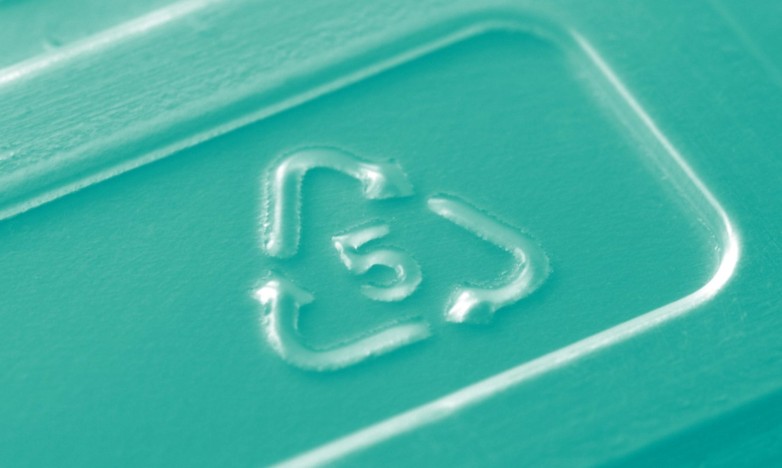Market trends
Report: Single-use plastic packaging must adapt to survive
작성자 : Aeyoung Park
2018-09-21 |
조회 : 4858
Recycling and sustainability are here to stay, and the plastics industry must adapt in order to survive.
That outlook is the main take away of “Rethinking single-use plastics,” a study just published by market researchers with major financial institution Citi. The researchers paint an extensive picture of the battle between plastics, paper, metal and glass in packaging, but an embargoed version of the study stops short of making firm recommendations to plastics packagers.
The stakes are huge. Packaging accounts for about 45 percent of the $1 trillion global plastic market. Only 14 percent of plastic packaging is recycled, the report stated.
Recycling and sustainability issues have been debated for years in North America and Europe but the drastic cutback of imported plastic scrap by China that began in 2017 has added extra urgency to the debate. China’s recycling industry accounted for about half the global recycling trade at its peak, and when the country began throttling back plastic scrap imports last year, prices for recycled plastics fell through the floor as mountains of scrap tried to find a home.
China’s actions have accelerated bans and other restrictions for single-use plastics in countries around the world. These restrictions have cascaded into a series of responses. The American Chemistry Council’s Plastics division, for example, is urging all plastic packaging be reused, recycled or recovered by the year 2040. Europe is striving for all plastic packaging to be recyclable or reusable by 2030.
Citi researchers point to a multi-pronged approach to meet recycling and sustainability concerns.
Standardized pricing mechanisms could help plastic recycling and trading. Waste-to-fuel technologies could spur increased recycling rates by providing a ready and useful market for scrap plastic. Use of radio-frequency identification tags in plastic packaging could make sorting and recycling easier, the report noted. Large plastic and chemical companies have the ability to innovate and are introducing polymers that compete with conventional plastics and other materials.
Biodegradable plastics have been around for about 20 years but the field is still in its infancy. In their favor is an ability shown those plastics can decompose in about a half year, similar to other compostables such as paper.
Citi researchers cite a study indicating biodegradable polymers demand over the next five years will grow at 9 percent per year starting from the base point in 2017 of a global total of 335,000 tons. Acceptance of the polymers could be aided by their ability to reduce carbon footprints so that carbon credits could offset their higher cost. Consumer trends and legislation also could make biodegradables’ higher cost acceptable. Already, more than 1 million tons of biodegradable plastics production capacity is in place globally.
Plant-based raw materials are noted in the report as another solution, and are especially pertinent to PET bottles. Such raw materials promote sustainability and fortify PET’s ability to compete against traditional materials on a performance basis. Coca-Cola Co.’s faith in this approach led it aim that all its bottles be made with plant-based content by 2020, up from 30 percent in 2015.
Consolidation in the packaging sector could help plastics compete, researchers wrote. Larger companies are better able to research and develop new packaging and improve efficiencies in manufacturing and transportation. Mergers usually result in cost synergies, especially in resin procurement. Resin can account for 50 percent or more of the cost of plastic packaging.
Consolidation is well underway in the packaging industry, the biggest recent move being Amcor Ltd.’s plan to acquire Bemis Co. Inc.
For the time being, however, plastic packaging production now is extremely fragmented, according to the study. The top four firms in plastic packaging account for some 28 percent of the market whereas the top four in glass containers account for 95 percent of production and the top four in beverage cans hold 90 percent of their market.
Plastics processing may be more difficult to consolidate than companies reliant on traditional materials. Plastic packaging encompasses a wide range of media, from film to pouches to bottles to trays, while glass and metal packaging have much narrower applications. Although innovation and scale will favor continued consolidation, the researchers predict there will always be smaller, niche players in plastics.
Resin producers can play a key role in protecting plastics demand. Many have introduced polymers based on sustainable raw materials. New resins can offer more opportunities to reduce weight.
Some resin companies, especially in Europe, have acquired recycling companies that might offset any erosion in virgin resin demand. LyondellBasell, for example, recently acquired a 50 percent interest in Quality Circular Polymers, a plastics recycler based in the Netherlands.
Cost vs. Performance
With plastic packaging under fire on many fronts, traditional materials suppliers are eager to regain lost market share. In many applications it will be a fight between cost and performance with no obvious winner.
Aluminum could regain market share in single-serve soft drinks and other beverages. One appeal of aluminum is its recycling record. An average aluminum can is comprised of 70 percent recycled content compared with about 3 percent for PET and 23 percent for glass.
PET bottles greater than 24 ounces appear less threatened than smaller sizes. Europe is more reliant on PET bottles than the United States and could see more PET market share erosion.
PET has essentially replaced glass in carbonated soft drink markets and now holds 50 percent of the U.S. market for the beverages.
Plastics caps and closures are also susceptible to replacement by metal. About 73 percent of caps and closures are made of plastic, mainly polypropylene, for which there is a paucity of recycling capacity.
Glass is a threat to plastic in high-end and niche applications like cosmetics where it can be perceived as denoting high quality. However, glass has its drawbacks. It breaks easily, is heavy and has low or negative value in recycling streams, the report noted.
Single serve cups for hot and cold beverages are another battleground where sustainability and recyclability are not clear cut, according to the Citi study. Expanded polystyrene cup use has been declining 3 percent a year or more recently. Paper cups have the largest U.S. market share at 52 percent but some beverage suppliers are using paper with a polyethylene lining which frustrates recycling.
Protective packaging is another area where plastics could lose ground. Only 15 percent of U.S. plastic film is recycled. Recycled paper packaging is being adopted to the detriment of plastic. Crushed kraft paper could replace some plastic bubblewrap, pillows and peanuts that are now dominant materials to fill voids in e-commerce packaging.
Plastic stretch films, however, may face less substitution. The films are mainly used in manufacturing and distribution where they are not obvious to environmentally concerned consumers. The films have a cost advantage over metal strapping and new stretch hooding techniques promise less plastic use than conventional spiral wrapping. About 70 percent of stretch film usage goes to pallet wrap for storage and distribution.
The “paper or plastic” dilemma for shopping bags will continue. Each material has advantages and disadvantages. In the United States some 30 billion plastic bags are used annually compared with about 10 billion paper bags.

